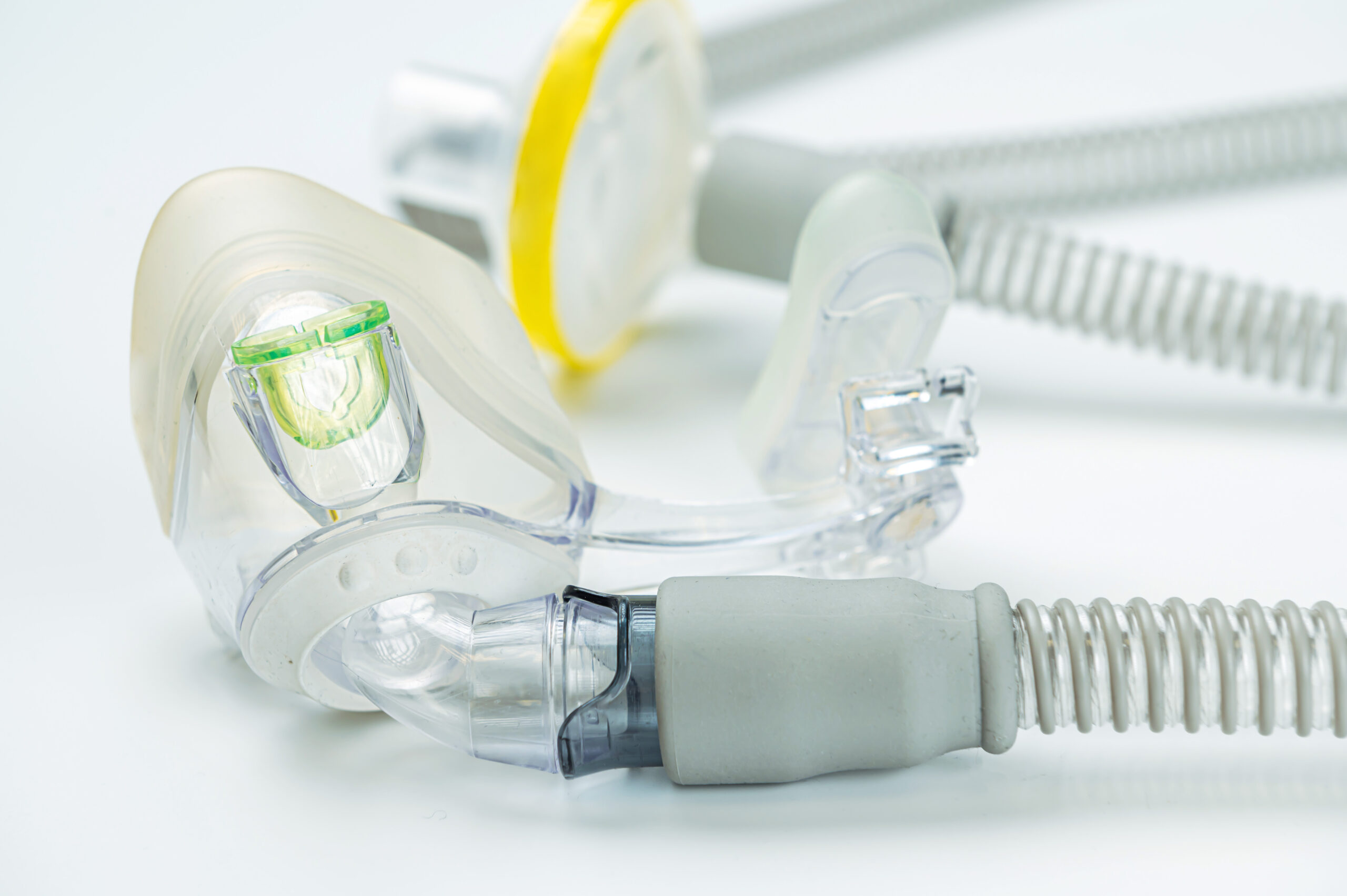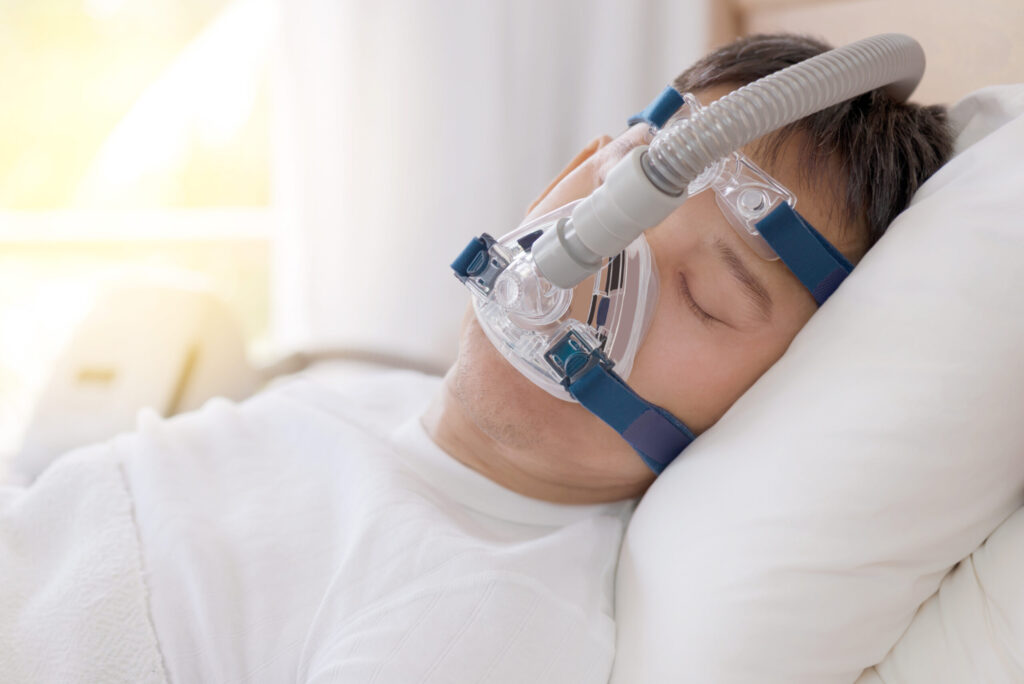Sleep apnea is a common yet often misunderstood sleep disorder that affects millions of people worldwide. It is characterized by repeated breathing pauses during sleep, which can lead to various health problems if left untreated. The purpose of this article is to provide you with essential information about sleep apnea, including its symptoms, causes, systemic consequences, diagnosis, and treatment options.
What is Sleep Apnea?
Sleep apnea is a disorder in which breathing stops intermittently during sleep. These breathing pauses can last from a few seconds to a few minutes and can occur multiple times per hour. There are three main types of sleep apnea:
- Obstructive Sleep Apnea (OSA) is the most common form, where throat muscles relax and block the airway;
- Central Sleep Apnea (CSA) is less common and occurs when the brain fails to send proper signals to the respiratory muscles;
- Mixed or Complex Sleep Apnea is a combination of the two previous types.
Symptoms
The symptoms of sleep apnea can vary, but the most common ones can include:
- Loud snoring is often one of the earliest signs, especially in cases of obstructive apnea;
- Breathing pauses observed by a bed partner are often followed by choking or gasping;
- Excessive daytime drowsiness, feeling very tired during the day, even after a full night’s sleep;
- Frequent awakenings during sleep, often with a sensation of choking or gasping for air;
- Difficulty concentrating and memory problems;
- Irritability and mood changes.
Causes of Sleep Apnea:
Several factors can contribute to sleep apnea, including:
- overweight and obesity (excess fatty tissue that can obstruct the respiratory tract)
- family history of sleep apnea,
- anatomy of the respiratory tract (such as a large tongue, enlarged tonsils, or a recessed lower jaw)
- age
- sex (men are more likely to develop sleep apnea than women)
- alcohol consumption, smoking, and sedative use (which can relax throat muscles)
- medical conditions such as high blood pressure, type 2 diabetes, and other hormonal disorders.
How can sleep apnea impact overall health?
Sleep apnea not only disrupts sleep but can also have significant systemic effects on the global health.
- The cardiovascular system can be affected, with sleep apnea causing spikes in blood pressure due to frequent breathing pauses, increasing the risk of developing chronic hypertension. Individuals with sleep apnea are at higher risk for cardiovascular diseases, such as heart attacks and heart failure. The risk of strokes (cerebrovascular accidents, or CVAs) is also heightened due to fluctuations in blood pressure and blood oxygen levels.
- The metabolic system can also be impacted. Sleep apnea is associated with insulin resistance, which can lead to the development of type 2 diabetes. Additionally, it can contribute to metabolic syndrome, a set of conditions including hypertension, abnormal cholesterol levels, and increased abdominal fat, all of which are linked to an elevated risk of heart disease and diabetes.
- The nervous system, with repeated sleep interruptions can potentially lead to memory problems, difficulty concentrating and can hinder other cognitive functions. There is also a strong correlation between sleep apnea and mood disorders, including depression and anxiety.
- The respiratory system can be affected for some people, as sleep apnea may worsen symptoms of asthma and other chronic respiratory diseases.
Among other consequences, chronic fatigue and excessive daytime sleepiness can lead to impaired quality of life and increased risk of accidents. Sleep apnea can also contribute to sexual dysfunction in both men and women, including decreased libido and erectile dysfunction in men.
Diagnosis
If you suspect sleep apnea, it is crucial to consult a healthcare professional. The diagnosis process of sleep apnea involves several important steps:
- Your doctor will begin by gathering your medical history and conducting a physical examination. They will ask you about your sleep habits, symptoms, and any other medical conditions you may have. The doctor may also interview your bed partner (if applicable) to gather additional information about your sleep.
- To diagnose obstructive sleep apnea, a sleep study is necessary. Polysomnography is considered the gold standard test for diagnosing sleep apnea. This test is typically conducted at a sleep center and involves monitoring various body parameters while you sleep. They include brain activity (electroencephalogram), eye movements, heart rate, breathing, blood oxygen levels, as well as arm and leg movements.
- Often, a simplified sleep study can be conducted at home. These home-based tests typically monitor heart rate, breathing, and blood oxygen levels. Although less detailed than laboratory polysomnography, these tests can be sufficient to diagnose sleep apnea.
Treatment
The treatment of sleep apnea depends on its severity and underlying cause. Options include:
- Lifestyle modifications such as weight loss, quitting smoking and alcohol, and improving sleep hygiene.
- Continuous positive airway pressure (CPAP) devices, which deliver a continuous flow of air through a facial mask, can keep the airway open and prevent apneas.
- Mandibular advancement devices, oral appliances that advance the jaw, can aid in keeping the respiratory tract open as well.
- In some cases, surgical interventions may be necessary to correct anatomical abnormalities.
In conclusion, sleep apnea is a serious condition that can have significant impacts on your quality of life and overall health. If you suspect you have sleep apnea, it is crucial to consult a healthcare professional for an accurate diagnosis and appropriate treatment. By addressing this health problem, it is possible to properly manage this condition and significantly improve your well-being.




